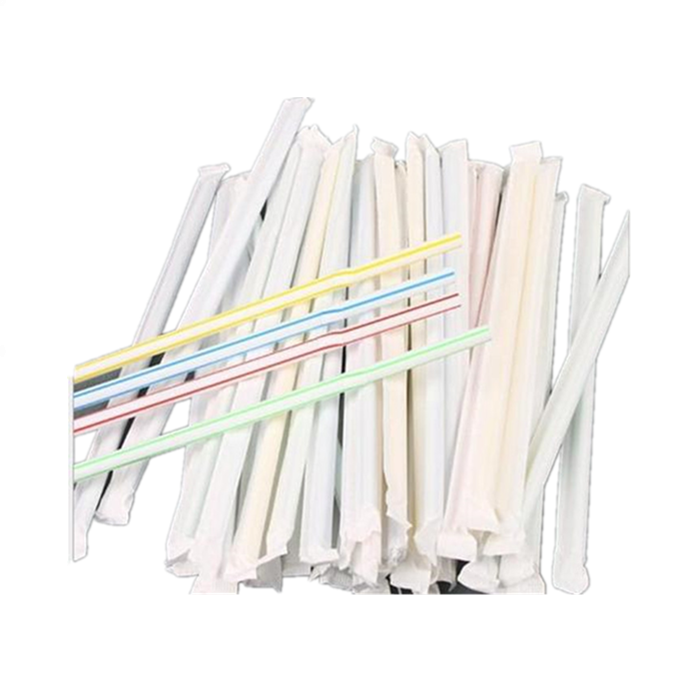At the end of July, the American forest and Paper Association (AF & PA) released its sustainable development report 2020, which highlights the sustainable development efforts of the paper and wood products industry, including members’ progress in achieving the sustainable development goal of “better practice, better earth 2020″.
“Ten years ago, the association members set a set of sustainable development goals and continued to demonstrate a commitment to improving the environment and ensuring worker safety. Today, we are very proud. At present, the industry has achieved many goals, including reducing industrial injuries, reducing greenhouse gas emissions and improving the energy efficiency of manufacturing facilities Said Heidi Brock, President and CEO of the association.
“On behalf of all members of the association, I am proud of the progress we have made together. Our industry continues to demonstrate sustainable leadership throughout the value chain, because we produce the necessities of everyday life. ” Said Mark Sutton, chief executive officer of the international paper industry and chairman of the board of directors of the association.
According to the practice, the sustainable development situation of the association is reported every two years. This report reflects the progress of the member companies based on 2018, mainly including:
1. Compared with 2006, the safety accident rate of member companies of the association has increased by 38.4%, exceeding the preset target of 25%. In 2018, there were 1.617 recordable accident cases per 200000 working hours, compared with 2.625 in 2006.
2. Members of the association adhere to the principle of sustainable fiber raw material procurement to ensure that wood comes from reliable raw material suppliers. Members purchased 99% of certified wood fiber, an increase of 12% over 2005.
3. The energy consumption per ton of products purchased by the association members decreased by 13.3% compared with the baseline year, exceeding the 10% target of improving energy efficiency. In 2018, member paper mills generated 55% of the electricity required by their plants, most of which were renewable energy using carbon neutral biomass to produce residues.
4. The members of the association generally exceeded the expected target, with greenhouse gas emissions reduced by 23.2% compared with 2005.
5. The water consumption of members per ton of products decreased by 6.9%, which was basically the same as that in recent years. According to the World Resources Institute (WRI), the process water consumption of members was reduced by 13.1% after the adjustment of factories in water stressed areas.
6. In 2019, the paper recovery rate was 66.2%, lower than the target of 70%, but still nearly 15% higher than the baseline in 2005.
Post time: Aug-26-2020

